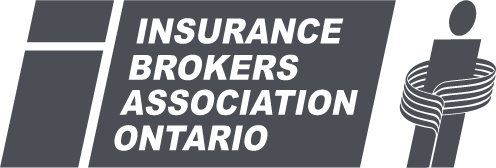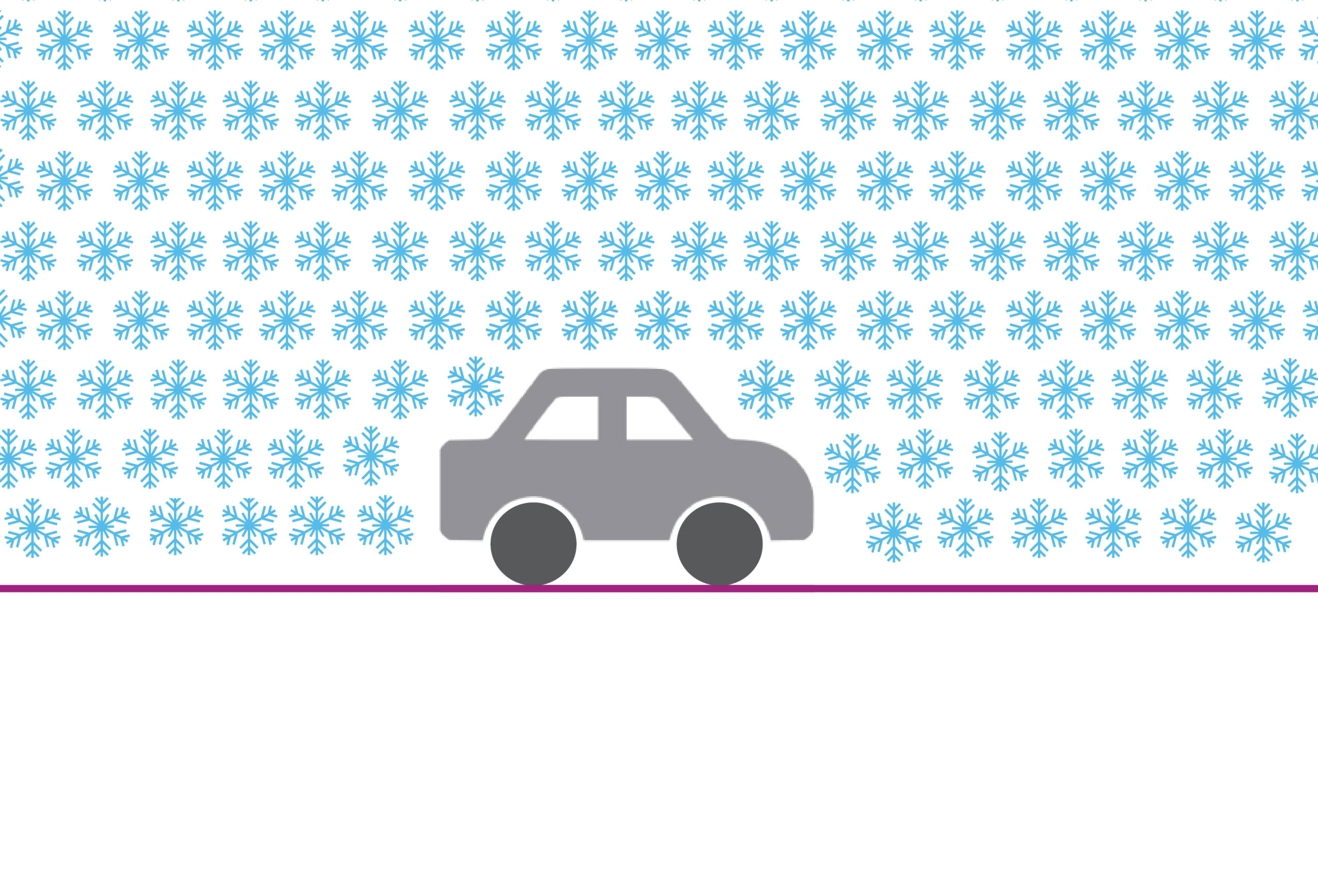Driverless Cars: I Just Got Hit by a Computer… What Do I Do?
During last week’s joint webcast on the future of driverless cars with the Insurance Institute of Ontario, we heard four panelists’ perspectives on the changing landscape, and how automated vehicles will impact the insurance industry. For those who missed our broadcast, it will be available on our ELearning platform – stay tuned for details.
AUTONOMOUS VEHICLES WILL DISRUPT MANY INDUSTRIES
Paul Kovacs, author of Automated Vehicles: Implications for the Insurance Industry in Canada advised us of the three types of vehicles: self-driving (take me to work cars, not yet available for sale, where individuals don’t make decisions), semi-automated (where sensors help drivers make decisions) and conventional. Currently, self-driving vehicles aren’t on roads; testing has been on semi-automated vehicles in the event drivers need to take control. As testing continues, these vehicles will begin to dominate roads, shifting the market share from conventional vehicles. According to Paul, it’s difficult to underwrite new vehicles given the shifting responsibility for collisions: currently, 90–95% are the driver’s fault, but this is changing with semi-automated vehicles; lines become blurred with computer malfunction. Large improvements to vehicles are coming, with large gains: roads will become safer, with fewer collisions. When a collision does occur, it’ll be much more expensive, as new vehicles feature pricey sensors and communication systems that all work in conjunction. The average cost of repair will skyrocket, and given the types of repair, the landscape of independent repair shops will change, becoming fewer and more specialized. Another disruptor to insurance: individuals might not own the majority of vehicles on the road. Over the next 25 years, Paul predicts a shift away from personal ownership as the sharing economy continues to provide new options and cities start making large investments in transit.
DRIVING SEMI-AUTOMATED VEHICLES ON ONTARIO ROADS IS LEGAL TODAY
Stratford has become a key testing site for this new technology. Ron Shaw, retired Chief Administrative Officer for the city, helped us answer why Stratford? Aside from being located next to the tech corridor of Waterloo and being involved in the manufacturing industry, the city features both rural and urban environments with many testing elements like bike lanes and crosswalks. Stratford experiences all kinds of weather conditions, but mostly it’s the city’s ubiquitous Wi-Fi network that makes it so attractive – automated cars can operate under a single network to control testing and compare data. Ron discussed current testing conditions: we’re currently in a 10-year pilot project; the Highway Traffic Act still applies to all testing; vehicles must comply with SAE standards and other requirements; participants are required to have at least $5,000,000 insurance coverage; and drivers must remain in the driver’s seat at all times while the car is in operation.
INSURANCE IMPLICATIONS: GETTING A JUMP START ON DISCUSSIONS
On the insurance side, Bill Warden, National Director, Product Management, Economical Insurance, suggests the largest impact to the Ontario Auto product will be Third-Party Liability. Cyber Liability will become a bigger deal, with the potential of network failure significantly increasing. What if a cyber attack affects a number of driverless vehicles? What if cars stop mid-journey and hit one another? Where does liability lie? Another key area is data access. If data doesn’t live with consumers, insurers and brokers, how will claims be affected? Rates will be impacted by the access to or lack of access to data, and by frequency and severity trends. Driver skill atrophy will become an issue when we’re no longer relying on our skill set to drive – reacting in a time crunch becomes much more challenging. From an insurance process perspective, we’ll see a lot of change 20–30 years from now, but it’s important we start the conversation given how long implications will take to sort out.
BROKERS HAVE A KEY ROLE TO PLAY
The biggest message from Rick Orr, Owner, Orr Insurance & Investment Group, was the consumer education piece: education around driverless cars is critical, and best provided by a licensed professional. “It’s going to be a long, messy transition.” Rick believes vehicle owners, driverless or not, must retain responsibility for road safety. If it’s your car, as an owner you must maintain it. He also believes insurance should continue to be provided by the insurance sector, and consumers should own their data. With manufacturers, police, lawyers, the insurance industry (brokers, insurers, consumers) and government all needing access to data, will there be a choice in who owns it? Will there be consent? Rick’s advice to brokers: stay informed, stay current and plan strategically. Driverless cars aren’t coming tomorrow, but they’re a reality of our (near) future, and consumers will need advice. Auto rates coming down are another reality, so use this information to your advantage: is your brokerage operation efficient? Are you adopting new technologies? Will consumers think you’re current enough to fit in with this new technology? The main message: get involved in finding solutions.
THE TIME IS NOW
Municipality leaders: new standards will require infrastructure investment; work with your local broker to start the conversation. Insurers: talk to regulators and auto manufactures, and understand the role data plays. Brokers: stay informed and plan strategically. It’s time to move beyond keeping an eye on things and shift into proactive behavior. The decisions we make today are shaping our future.









1 Comment
by Bo's Auto
A host of new questions arise about driving and liability with these driverless cars.
March 19 | 16:37